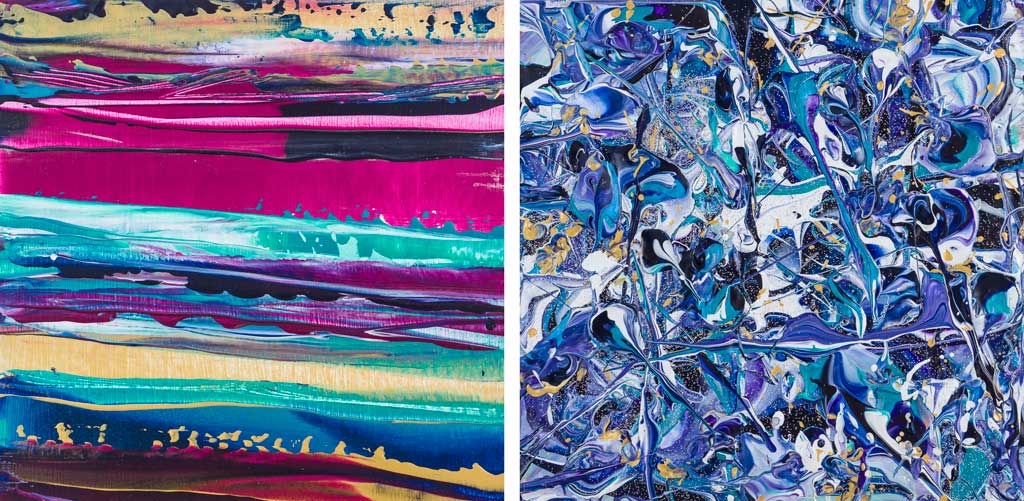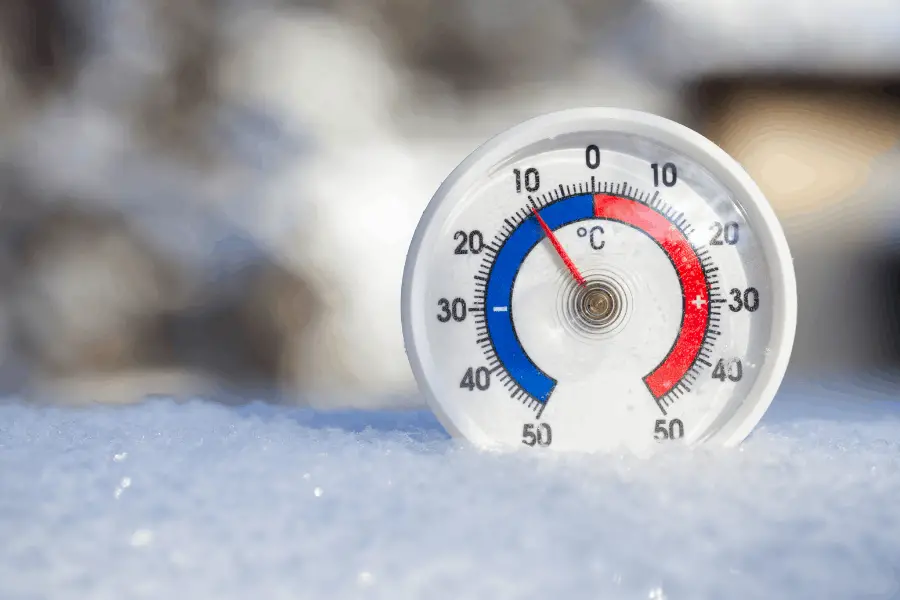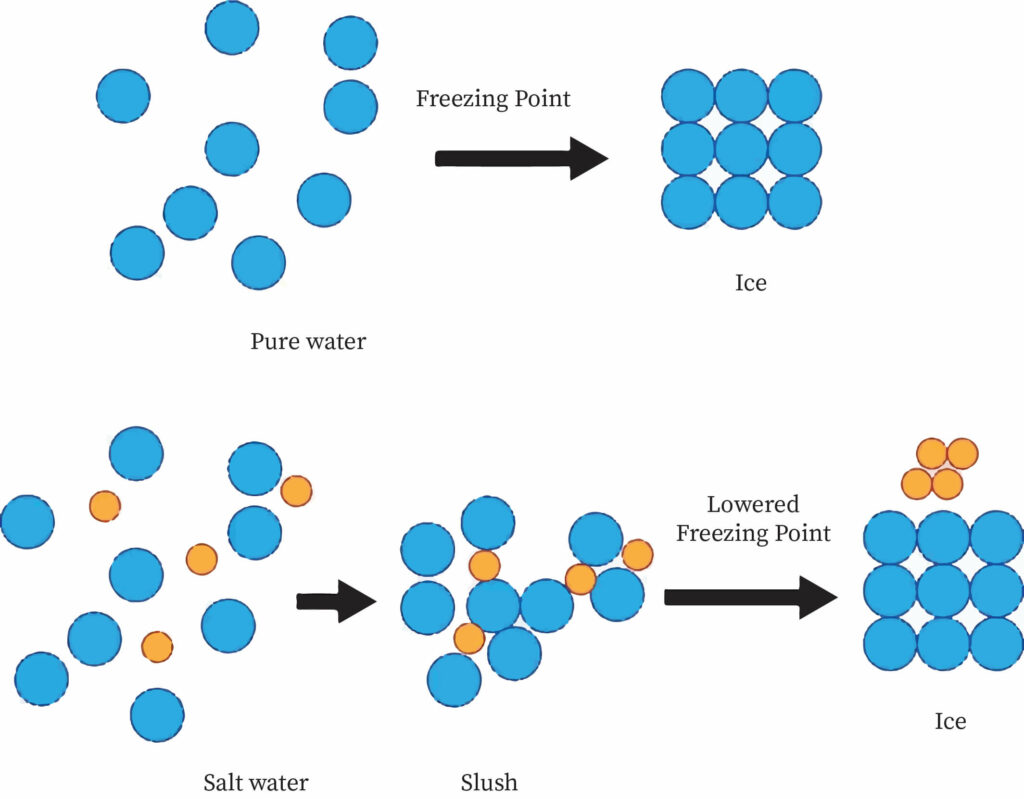Freezing Point Of Paint
What happens to paint when the temperature drops below freezing? If you've ever left a can of paint in an unheated garage or shed during the winter months, you may have wondered what effect the cold temperatures will have on the paint's properties. In this blog post, we'll explore the freezing point of paint and its impact on the paint's performance.
Possible Issues Caused by Freezing Point of Paint
Leaving paint in an area with low temperatures can cause a variety of problems. When paint freezes, the water molecules it contains can expand and crystallize, damaging the paint's structure. This can lead to an uneven consistency and poor adhesion, resulting in a rough or gritty finish that is difficult to remedy. Additionally, frozen paint can become lumpy or grainy, making it unsuitable for use as the lumps will clog spray guns or ruin brushes.
How Does Freezing Point of Paint Affect Performance?
The freezing point of paint depends on its chemical composition and varies between different paint types. Most water-based latex paints freeze at temperatures below 32 degrees Fahrenheit (0 degrees Celsius). However, some oil-based paints can resist freezing temperatures to a certain degree. When the paint thaws out, it may have changed consistency or viscosity. This can cause the paint to separate into layers, making it necessary to vigorously mix the paint before use.
Important Tips About Freezing Point of Paint
If you're planning to store paint in a cold location, be sure to take the following steps to minimize the impact of freezing temperatures:
- Store the paint in a climate-controlled area where the temperature is above freezing
- Allow the paint to warm up to room temperature before using it
- Vigorously mix the paint to restore its consistency and color
- Test the paint on a small area before applying it to a large surface to ensure that it hasn't been damaged by freezing temperatures
Why Does Freezing Point of Paint Matter?
The freezing point of paint is important to consider when painting in cold climates or storing paint during the winter months. If you're not careful with how you store your paint, it can lead to costly mistakes and frustrating outcomes. I once left a can of paint in my garage during a particularly cold winter. When I went to use it in the spring, the paint was unusable. I learned the hard way that freezing paint can cause permanent damage, and since then, I've taken extra care to ensure my paint is stored in a temperature-controlled area.
Possible Solutions for Freezing Point of Paint
To avoid the pain points associated with freezing point of paint, there are several possible solutions:
- Store your paint in a temperature-controlled space that is above freezing
- Keep your paint in a plastic storage container with a tight-fitting lid
- Switch to a paint type that resists freezing
- Use a space heater to keep paint stored in unheated areas above freezing
Question and Answer
Q: What temperature is safe for storing paint?
A: To ensure that paint stays in good condition, store it in a space that's above freezing, between 50 and 80 degrees Fahrenheit.
Q: If paint has frozen, is it still safe to use?
A: It depends on the paint type and how long it was frozen. To be safe, test a small patch of the paint on a surface before applying it to a large area.
Q: Can you revive frozen paint?
A: If paint has separated after freezing, it may be possible to remedy it by vigorously mixing it. However, if the paint has become lumpy or grainy, it cannot be restored to its original state.
Q: How can you tell if paint has been damaged by freezing?
A: Damaged paint may have separated into layers or become lumpy or grainy. It may also have a sour or rotten smell.
Conclusion
When it comes to paint, proper storage is key. To avoid the pain points caused by freezing paint, be sure to store your paint in a climate-controlled space, keep an eye on the temperature, and test your paint before using it. Taking these steps will help ensure that your paint is in good condition and produces the beautiful, smooth finish you want.
Gallery
Freezing Point: Colour Unleashed - SLAP Mag

Photo Credit by: bing.com / freezing point unleashed colour mag slap
Freezing Point - Definition & Explanation | Super Cooled Liquid

Photo Credit by: bing.com / freezing point chemistry liquid definition cooled super
Does Oil Paint Freeze? - Blended Canvas

Photo Credit by: bing.com / celsius grados termometro kelvin wint sneeuw sotto neve freddo farenheit toont vriespunt onder exist creador freezing
Freezing Point Of Water | Bartleby

Photo Credit by: bing.com / freezing molecules streets freeze crystals slushy lowers sal towers bartleby bottled pollock solidifying prevents freezes necesitamos
Can Paint Freeze And Still Be Used Again? - TheDIYPlan

Photo Credit by: bing.com / freeze thediyplan